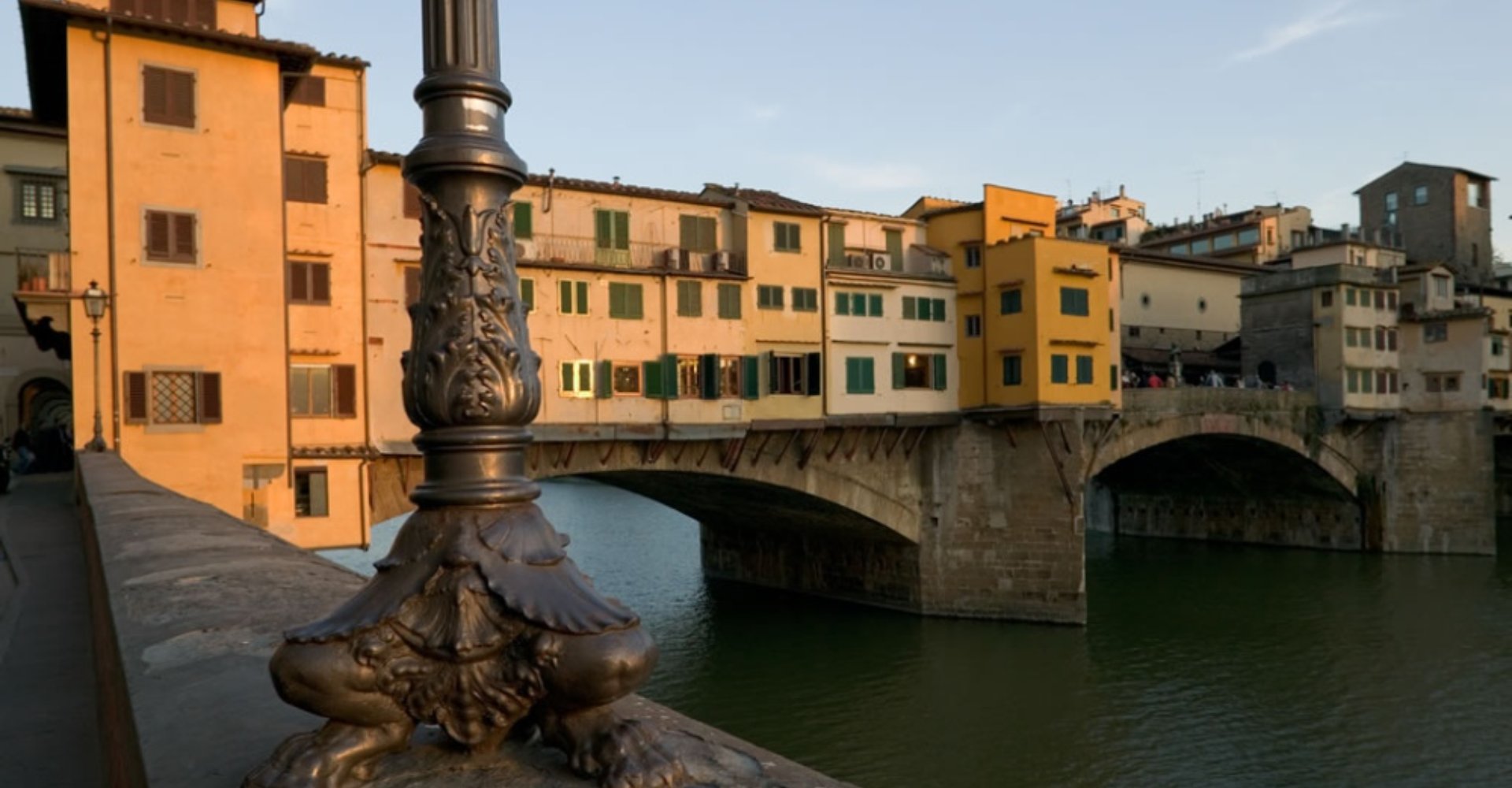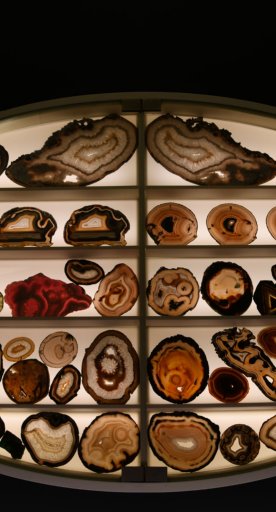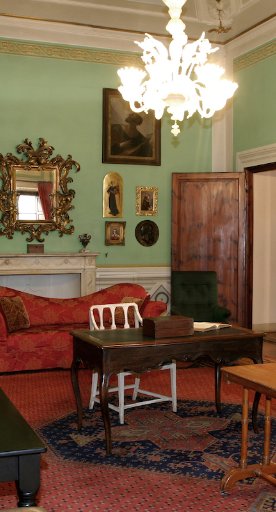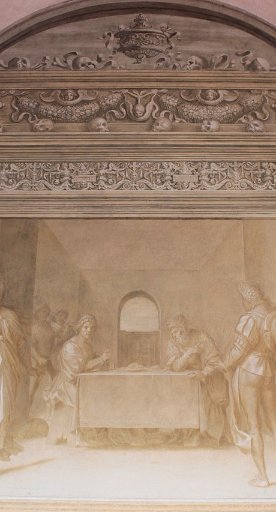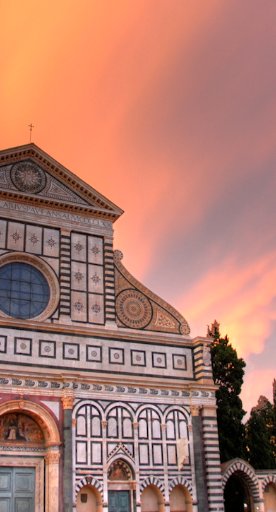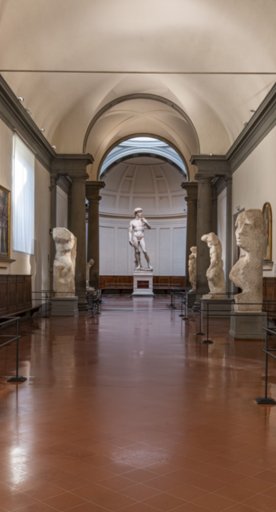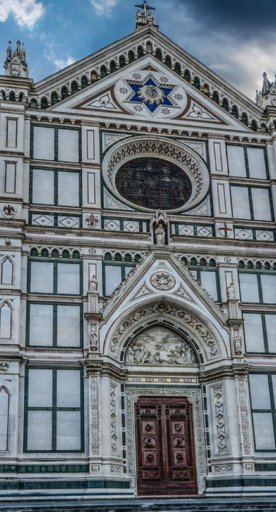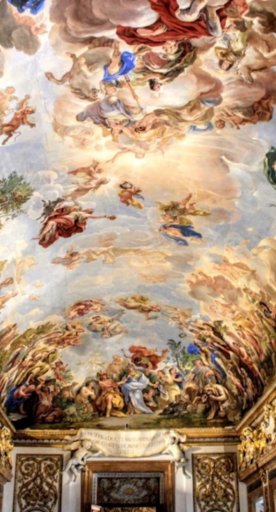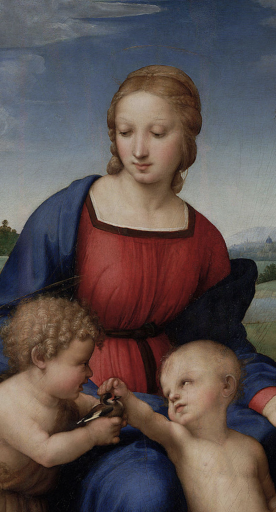Ponte Vecchio
The symbol of Florence is also the River Arno’s oldest bridge
The Ponte Vecchio is a world-famous symbol of Florence and it is also the Arno’s oldest crossing: a bridge has stood in that position – the narrowest part of the river’s urban stretch – since Roman times, but its older versions were constantly damaged and torn down by floods. After the Lungarno riverbanks were added, the bridge was rebuilt in 1345, this time with three segmental arches, credited to Taddeo Gaddi or Neri di Fioravante.
In 1442, the city’s authorities for cleanliness obliged butchers to move their stores on to the Ponte Vecchio to isolate them from the city centre and allow them to dispose of their waste directly into the river. From that moment on the bridge became a meat market, and the butchers, who had subsequently gained ownership of the shops, added extra little rooms to increase space, suspended above the river and supported by wooden poles.
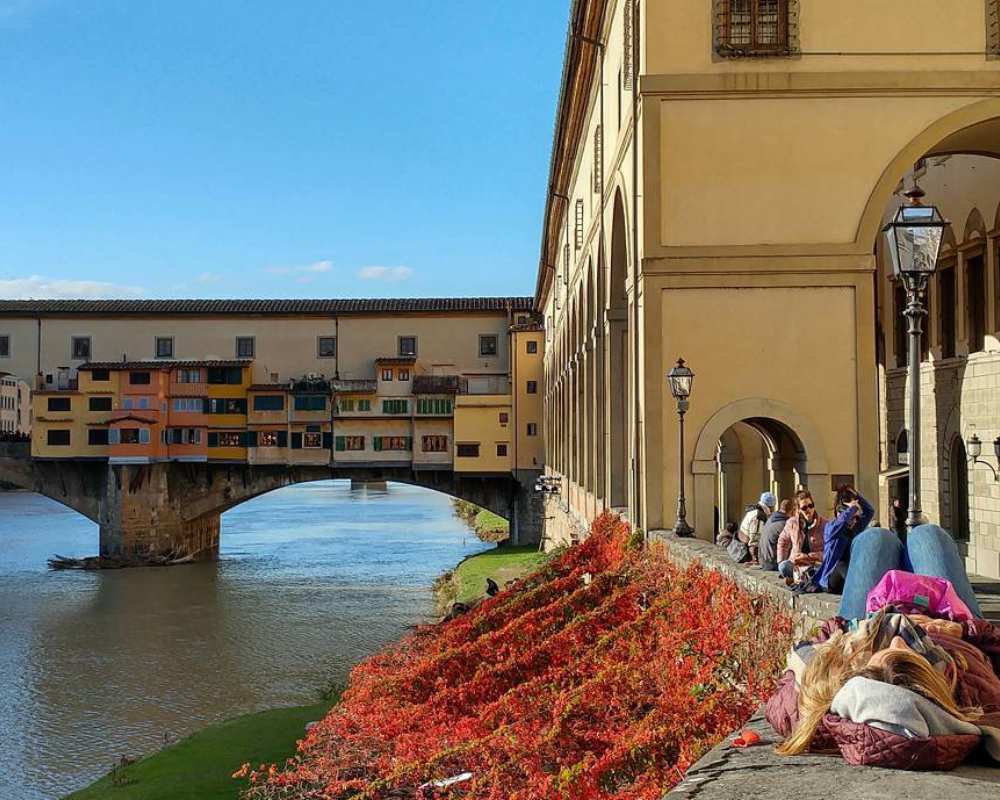
It was Giorgio Vasari who, in 1565, made a crucial contribution to the Ponte Vecchio’s current appearance by building the Vasari Corridor for Cosimo I dei Medici, the walkway connecting the Palazzo Vecchio with the Pitti Palace, then the private home of the Medici. The raised corridor, roughly a kilometer long and built in only five months, begins at the Palazzo Vecchio, passes through the Uffizi Gallery, continues along lungarno Archibusieri, before passing above the stores on the eastern side of the bridge.
In the 17th century the retrobotteghe (“back-shops”) were eventually added, supported by brackets (or “sporti”) that give the bridge its current distinctive appearance. In 1593, by order of Ferdinand I who would not tolerate the unpleasant odors hanging below the Vasari Corridor, the fishmongers, butchers and tanneries made way for goldsmiths and jewellers. Still today, the shops on the bridge remain exclusively jewelers and goldsmiths, making the Ponte Vecchio the perfect destination for a day of shopping.
The Ponte Vecchio is composed of three wide, low arched segments, the first bridge to be built in this way in the western world, moving beyond the Roman model with its many arches that easily clogged during a flood.
Interesting fact: the Ponte Vecchio was the only bridge in Florence not to be blown up by the Germans during World War II.
